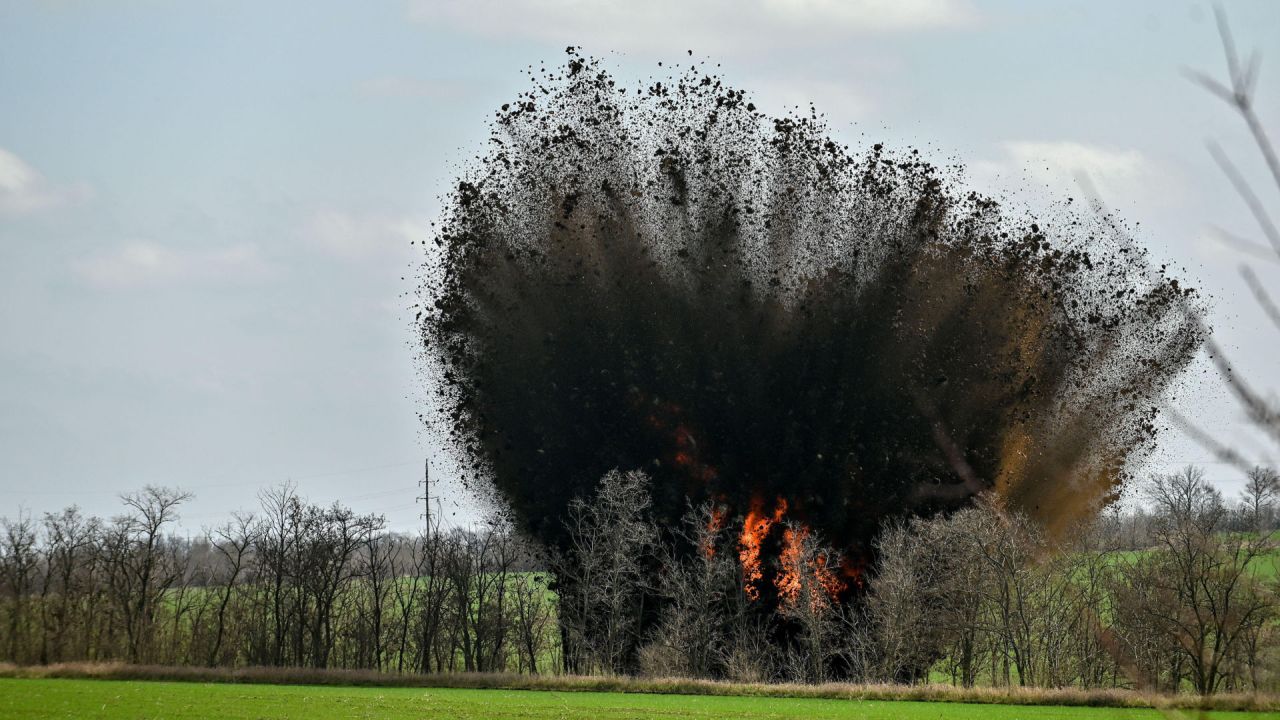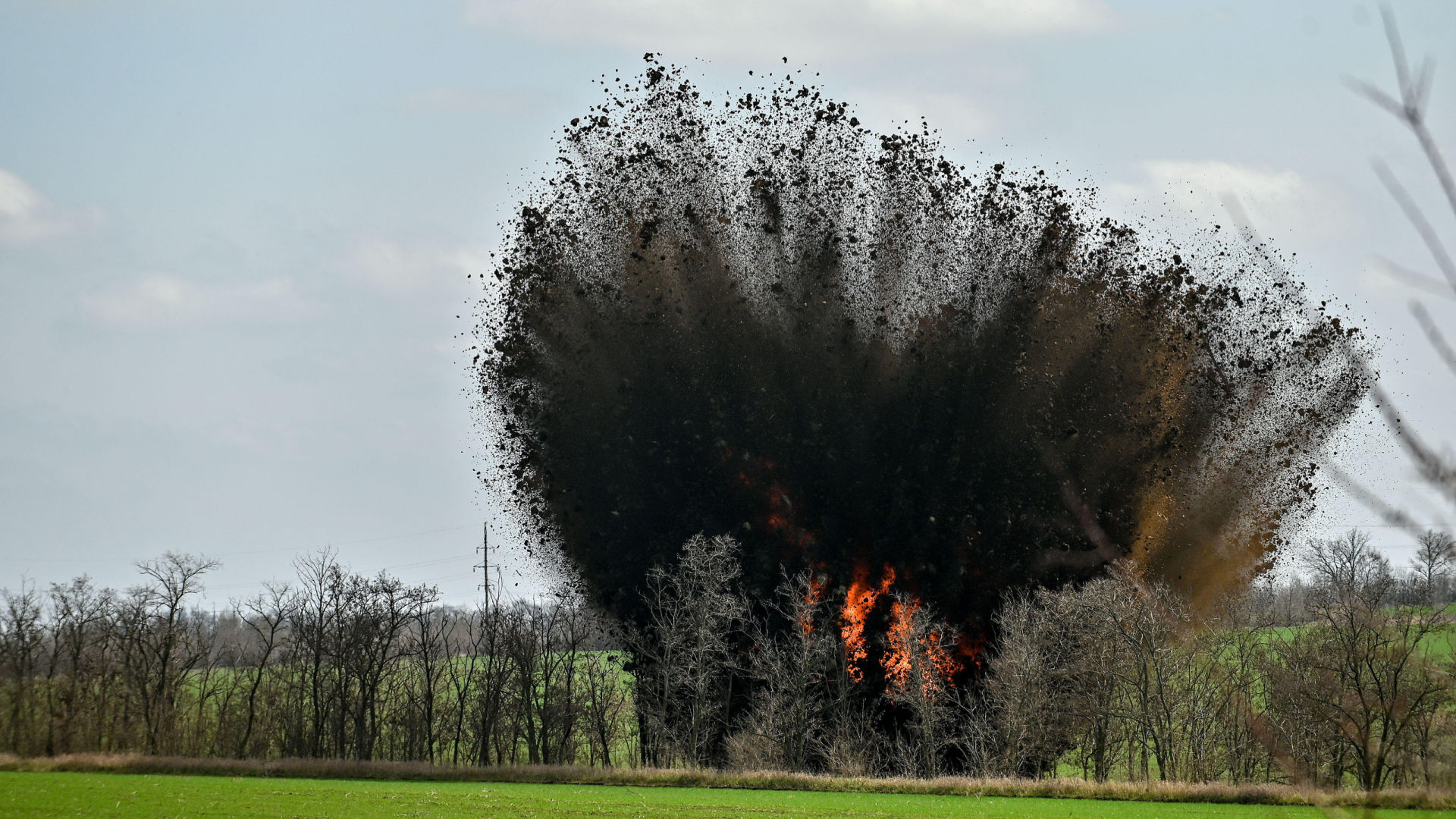It’s not easy to say this, but Ukraine’s offensive to retake lost territory has fizzled out. Autumnal weather has turned the rolling steppe into a sea of mud. Like last winter, the conflict has entered a renewed phase of static, attritional warfare. It means that any new attempt to break through Russian lines will need to wait until at least April of next year.
Ukraine’s failure is easy to explain. First, Russia’s defensive line has proved to be much more impenetrable than anyone expected, with minefields that run nearly a mile deep in places. Second, although the West has donated a number of armoured vehicles, including Leopard 2 main battle tanks and Bradley infantry fighting vehicles, Ukraine still does not have enough to attack with mass. It also lacks specialised minefield breeching equipment, which is essential to clear a path through the many obstacles laid. Third, Ukraine is still conducting attacks at company and battalion strength when it needs to be operating at brigade and divisional level, with thousands rather than hundreds of troops.
Russia is scraping the barrel in terms of the military capabilities it has at its disposal
But something else has happened over the last few months.

Get Britain's best politics newsletters
Register to get The Spectator's insight and opinion straight to your inbox. You can then read two free articles each week.
Already a subscriber? Log in







Comments
Join the debate for just £1 a month
Be part of the conversation with other Spectator readers by getting your first three months for £3.
UNLOCK ACCESS Just £1 a monthAlready a subscriber? Log in